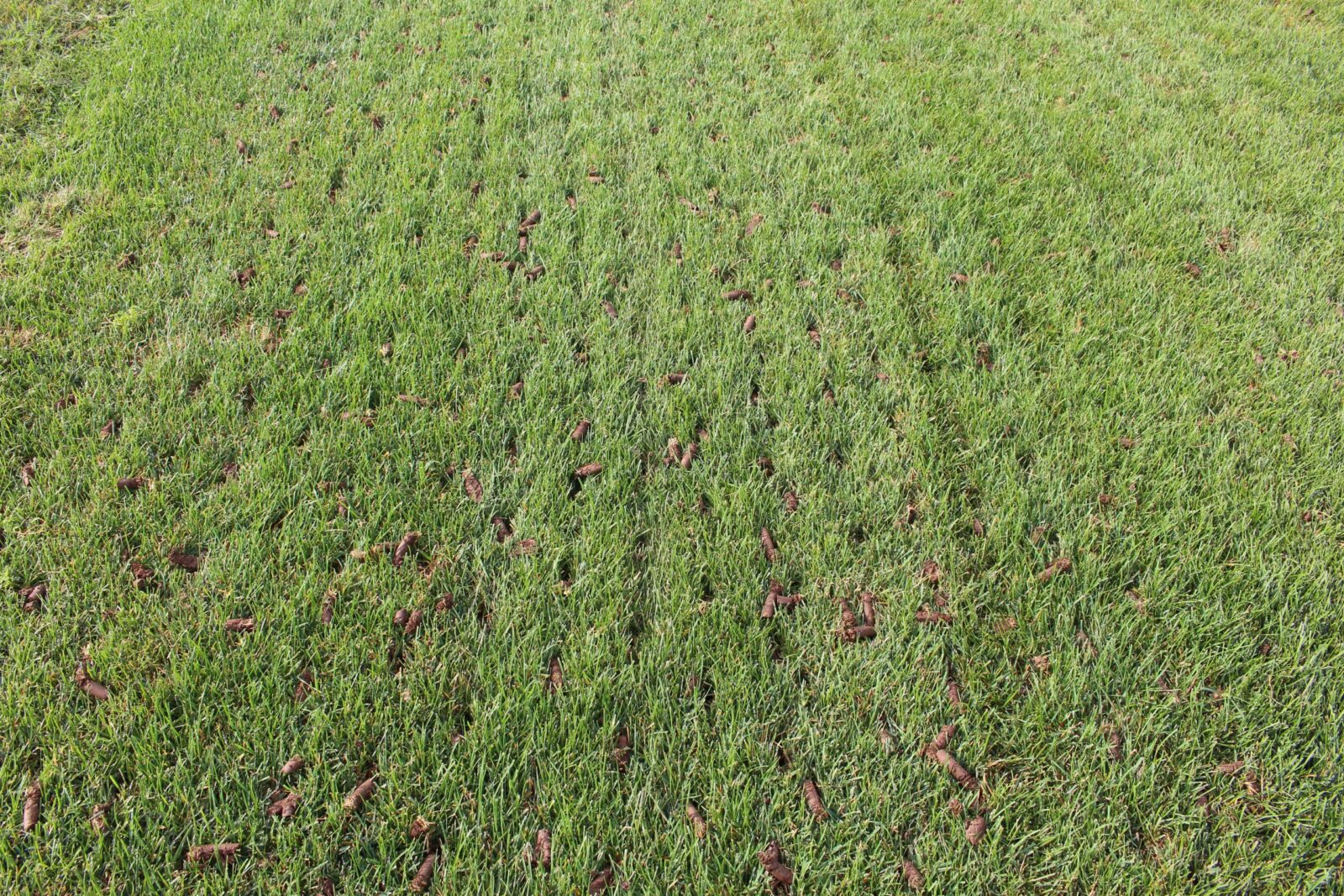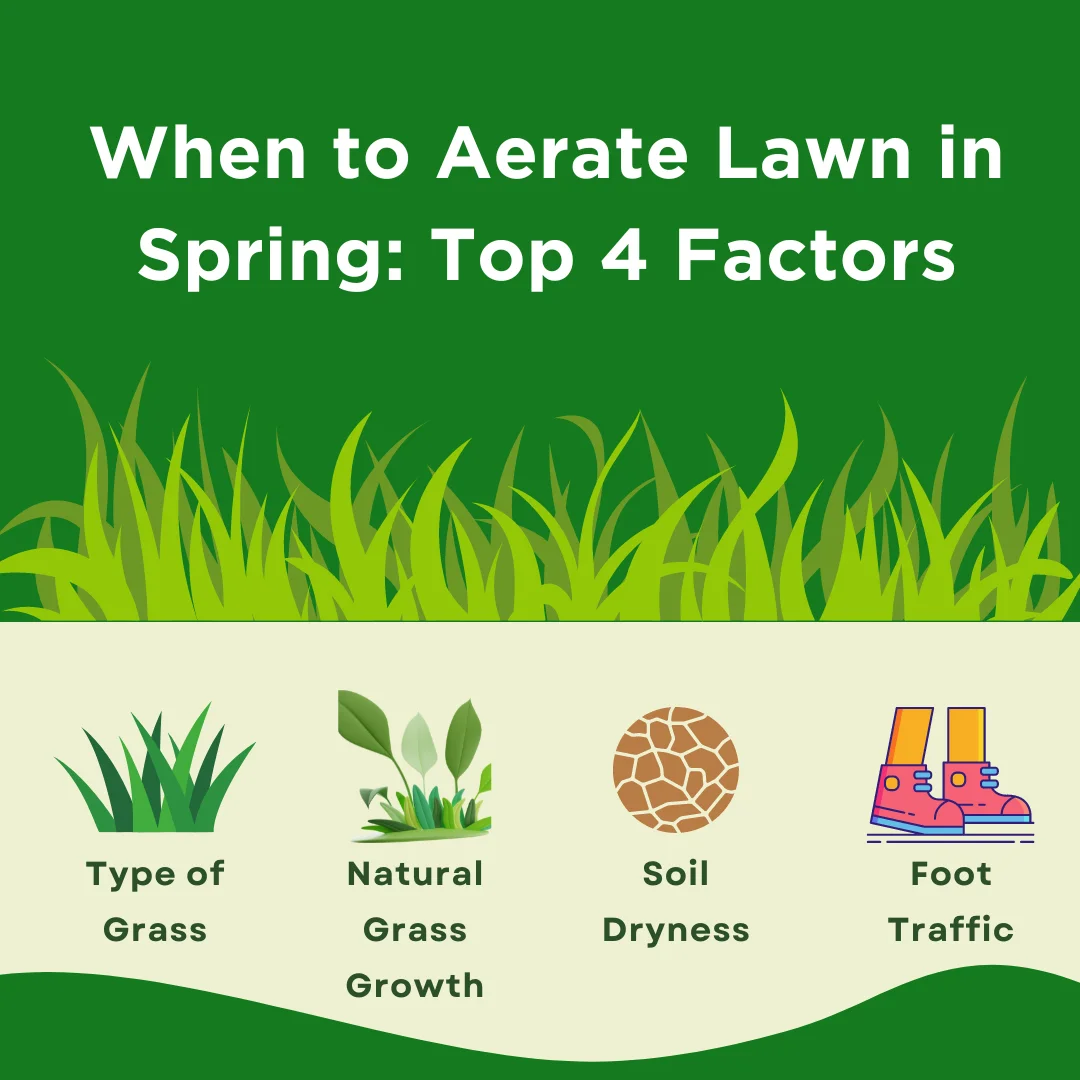Best Time To Aerate Lawn In Chicago

Chicago lawns, notorious for their dense clay soils and brutal temperature swings, demand specialized care to thrive. Many homeowners grapple with thinning grass, compacted soil, and persistent weed problems, often overlooking a critical practice: aeration. Timing, as with most lawn care practices, is everything. Understanding the optimal window for aeration in Chicago can be the difference between a lush, green carpet and a struggling, patchy yard.
This article delves into the best time to aerate your lawn in the Chicago area, drawing on expert advice from local landscaping professionals, university extension programs, and regional climate data. It explores the nuances of fall versus spring aeration, considering factors like grass type, soil conditions, and common lawn issues. Furthermore, we'll offer practical tips for successful aeration, ensuring you maximize the benefits of this essential lawn care practice for a healthier, more resilient lawn.
Fall Aeration: The Preferred Choice
For most Chicago lawns, fall aeration is the universally recommended approach. Typically, the ideal window falls between late August and late October. This timeframe allows the grass to recover and strengthen before the harsh winter sets in, promoting vigorous growth the following spring.
Cool-season grasses, such as Kentucky bluegrass, perennial ryegrass, and fescues – the dominant varieties in Chicago – benefit significantly from fall aeration. These grasses experience a growth spurt during the cooler temperatures of fall, making it the perfect time to encourage root development and overall health. Aeration during this period allows the grass to readily fill in any open areas created by the process.
According to the University of Illinois Extension, fall aeration provides several key advantages. It reduces soil compaction, improves air and water infiltration, and enhances nutrient uptake. These improvements translate to stronger roots, better drought tolerance, and increased resistance to diseases.
Why Fall Trumps Spring
While spring aeration might seem appealing, it poses certain risks for Chicago lawns. Spring is also the time for weed seeds to germinate, so disrupting the soil then can inadvertently encourage weed growth. The tiny holes left by aeration provide ideal conditions for weeds to take root and compete with the grass.
Furthermore, spring aeration can interfere with pre-emergent herbicide applications. Many homeowners apply pre-emergent herbicides in the spring to prevent crabgrass and other weeds. Aeration can disrupt the herbicide barrier, rendering it less effective and potentially leading to a weed infestation.
However, spring aeration can be considered in specific scenarios, such as when overseeding a heavily damaged lawn or addressing severe compaction issues not resolved by fall aeration. If you do choose to aerate in the spring, do it very early, and consider working with a professional to avoid common pitfalls.
Assessing Your Lawn's Needs
Before grabbing your aerator, take a moment to assess your lawn's condition. Is the soil noticeably compacted? Does water pool on the surface after rain? Is the grass thin and struggling, despite adequate watering and fertilization?
If you answer yes to these questions, your lawn likely needs aeration. Core aeration, which involves removing small plugs of soil, is generally more effective than spike aeration, which simply pokes holes in the ground. Core aeration provides better air and water movement, and also helps break up thatch.
Consider a soil test to determine pH levels and nutrient deficiencies. Amending the soil after aeration, based on the test results, can further enhance the benefits of the process. The Morton Arboretum offers resources and advice on soil testing and amendment for Chicago-area residents.
Tips for Successful Aeration
Ensure the soil is moist before aerating; dry, compacted soil is difficult to penetrate. Water the lawn thoroughly a day or two before aerating to soften the soil. This will allow the aerator to pull deeper cores.
Make multiple passes with the aerator, overlapping each pass slightly to ensure thorough coverage. Aim for a density of approximately 20-40 holes per square foot. Over seeding with compatible grass seeds immediately after aeration will also improve lawn density.
After aerating, consider topdressing with compost to further enrich the soil. Leave the soil cores on the lawn; they will break down naturally and return nutrients to the soil. If you are using a rental aerator, be sure to familiarize yourself with the equipment and safety precautions before operating it.
Looking Ahead: A Thriving Lawn
By following these guidelines, you can ensure your Chicago lawn receives the proper care it needs to thrive. Fall aeration, combined with appropriate watering, fertilization, and mowing practices, will set the stage for a healthy, vibrant lawn that can withstand the challenges of the region's climate. Proper aeration will promote a healthy root system.
Consider consulting with a local lawn care professional for personalized advice and services. They can assess your lawn's specific needs and recommend the best course of action. A well-maintained lawn not only enhances your property's curb appeal but also contributes to a healthier environment.


















